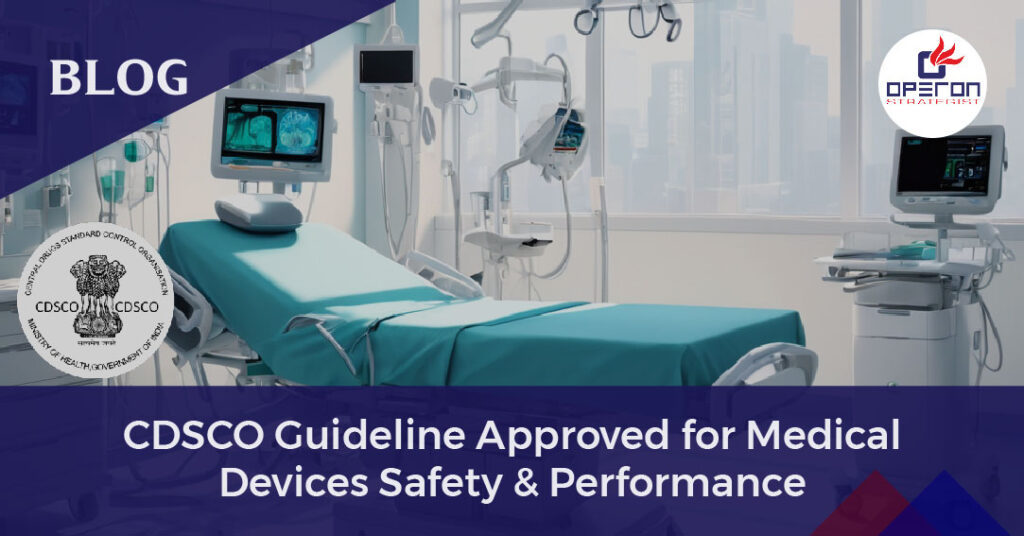Medical Device Regulatory Submissions: 10 Mistakes That Can Delay Your Approval
In the competitive world of medical technology, regulatory submissions can make or break a product’s time-to-market. Despite the high stakes, companies often overlook critical details that lead to delays, rejections, or worse — market access denials. If you’re a manufacturer, quality manager, or regulatory affairs professional, avoiding these mistakes isn’t just important — it’s essential.
Understanding the common pitfalls in medical device regulatory submissions helps streamline your path to global compliance and commercial success.Here are the top 10 common mistakes, why they matter, and how to avoid them.
Looking For a Medical Device Regulatory Consultant?
Top 10 Common Mistakes
1. Insufficient Understanding of Regulatory Requirements
Why is it a mistake?
Assuming regulatory requirements are the same across regions can result in incomplete or non-compliant submissions. Each authority — whether it’s the FDA, EU MDR, or TGA — has distinct rules, timelines, and documentation standards.
How to avoid it:
- Perform a region-specific regulatory gap analysis before submission.
- Stay current on evolving regulations through official guidance and industry updates.
- Engage a local regulatory consultant who understands the nuances of each market.
2. Incomplete or Disorganized Technical Documentation
Why is it a mistake?
Regulatory reviewers rely on clear, traceable documentation to assess your device’s safety and performance. Missing or disorganized files lead to immediate questions or outright rejection.
How to avoid it:
- Structure your documentation using the appropriate format (e.g., STED for GHTF, GSPR under EU MDR).
- Ensure traceability from design inputs to risk management and validation.
- Use a document control system to manage versions and approvals.
3. Neglecting Risk Management Integration
Why is it a mistake?
Risk management is not a one-time report — it’s a lifecycle process. Regulators expect to see how risks are identified, mitigated, and monitored throughout the product’s life.
How to avoid it:
- Implement ISO 14971-based risk management processes from design to post-market.
- Regularly update the risk file with CAPA data, complaints, and PMS findings.
- Include risk assessments in design and process validations.
4. Overlooking Labeling and UDI Compliance
Why is it a mistake?
Non-compliant labeling or missing UDI data often results in product holds at customs or immediate submission rejection. Each region has specific language, content, and coding requirements.
How to avoid it:
- Follow UDI systems like FDA’s GUDID or EU’s EUDAMED.
- Validate label templates for accuracy, class-specific requirements, and regional languages.
- Cross-check labels with IFU and packaging during internal audits.
5. Inadequate Clinical Evaluation or Evidence
Why is it a mistake?
Clinical evaluation is a cornerstone of regulatory review, especially under EU MDR. Weak or outdated data will fail to demonstrate safety and effectiveness.
How to avoid it:
- Conduct a Clinical Evaluation Report (CER) aligned with MEDDEV 2.7/1 Rev. 4 or MDR Annex XIV.
- Supplement with literature reviews, real-world data, and Post-Market Clinical Follow-up (PMCF) where required.
- Involve a qualified clinical expert early in your development cycle.
6. Failure to Establish or Maintain a QMS
Why is it a mistake?
Without an ISO 13485-compliant QMS, many regulators won’t even begin reviewing your submission. It also raises red flags about the overall quality of your product.
How to avoid it:
- Build a QMS that meets ISO 13485 and applicable local regulations (e.g., FDA 21 CFR Part 820).
- Document procedures for design controls, audits, CAPA, and supplier management.
- Use certification (like MDSAP) to gain access to multiple markets with one audit.
7. Incorrect Device Classification
Why is it a mistake?
Wrong classification leads to incorrect submission routes, testing requirements, or clinical demands — wasting time and budget.
How to avoid it:
- Carefully assess device class using regulatory tools (FDA product codes, EU MDR classification rules).
- When uncertain, seek formal classification advice or pre-submission feedback.
- Don’t guess — classification determines your regulatory path.
8. Neglecting Regulatory Strategy in Product Design
Why is it a mistake?
Waiting until the product is developed to think about regulations causes redesigns and costly delays.
How to avoid it:
- Involve Regulatory Affairs professionals during design planning.
- Use design reviews to align product features with regulatory expectations
- Build regulatory checkpoints into your product development process.
9. Weak Post-Market Surveillance (PMS) Plans
Why is it a mistake?
Regulators increasingly expect a proactive PMS system. A weak or absent plan signals poor lifecycle management and raises safety concerns.
How to avoid it:
- Develop and submit a PMS plan and PMCF (if applicable).
- Collect and analyze real-world data post-launch.
- Incorporate feedback into ongoing risk and performance assessments
10. Poor Communication with Regulatory Authorities
Why is it a mistake?
Miscommunication or a lack of transparency with regulators can lead to misunderstandings, delays, or even a negative relationship that affects one’s reputation.
How to avoid it:
- Engage in pre-submission meetings (e.g., FDA Q-sub) to clarify expectations
- Be concise, respectful, and thorough in all correspondence.
Document all interactions and respond promptly to requests.
Partner with Experts in Medical Device Regulatory Submissions
Whether you’re entering new markets or launching your first device, Operon Strategist delivers over a decade of proven expertise in navigating complex medical device regulatory pathways. Our team of seasoned consultants has successfully supported global manufacturers through FDA submissions, CE Marking, ISO compliance, and international approvals — minimizing risk and maximizing speed to market.
From accurate device classification and technical documentation to clinical evaluation, QMS implementation, and post-market planning, we provide end-to-end solutions tailored to your product and region.
Make Your Next Submission Your Best One.
FAQ'S
What are common mistakes in medical device regulatory submissions?
Frequent issues include incorrect device classification, incomplete documentation, poor risk analysis, and failure to meet specific country requirements.
How can we avoid regulatory submission errors?
Partner with experienced consultants, prepare compliant documentation, and follow relevant regulatory standards like FDA, EU MDR, and ISO 13485.
Why is proper documentation important in regulatory submissions?
Incomplete or inaccurate documentation can delay approvals or lead to rejections. Regulators require clear, evidence-backed data for review.
What does Operon Strategist offer for regulatory compliance?
Operon Strategist provides consulting for CE Marking, FDA 510(k), ISO certifications, technical file preparation, clinical evaluations, and global regulatory submissions.
- adminhttps://operonstrategist.com/author/admin-2/
- adminhttps://operonstrategist.com/author/admin-2/
- adminhttps://operonstrategist.com/author/admin-2/
- adminhttps://operonstrategist.com/author/admin-2/




